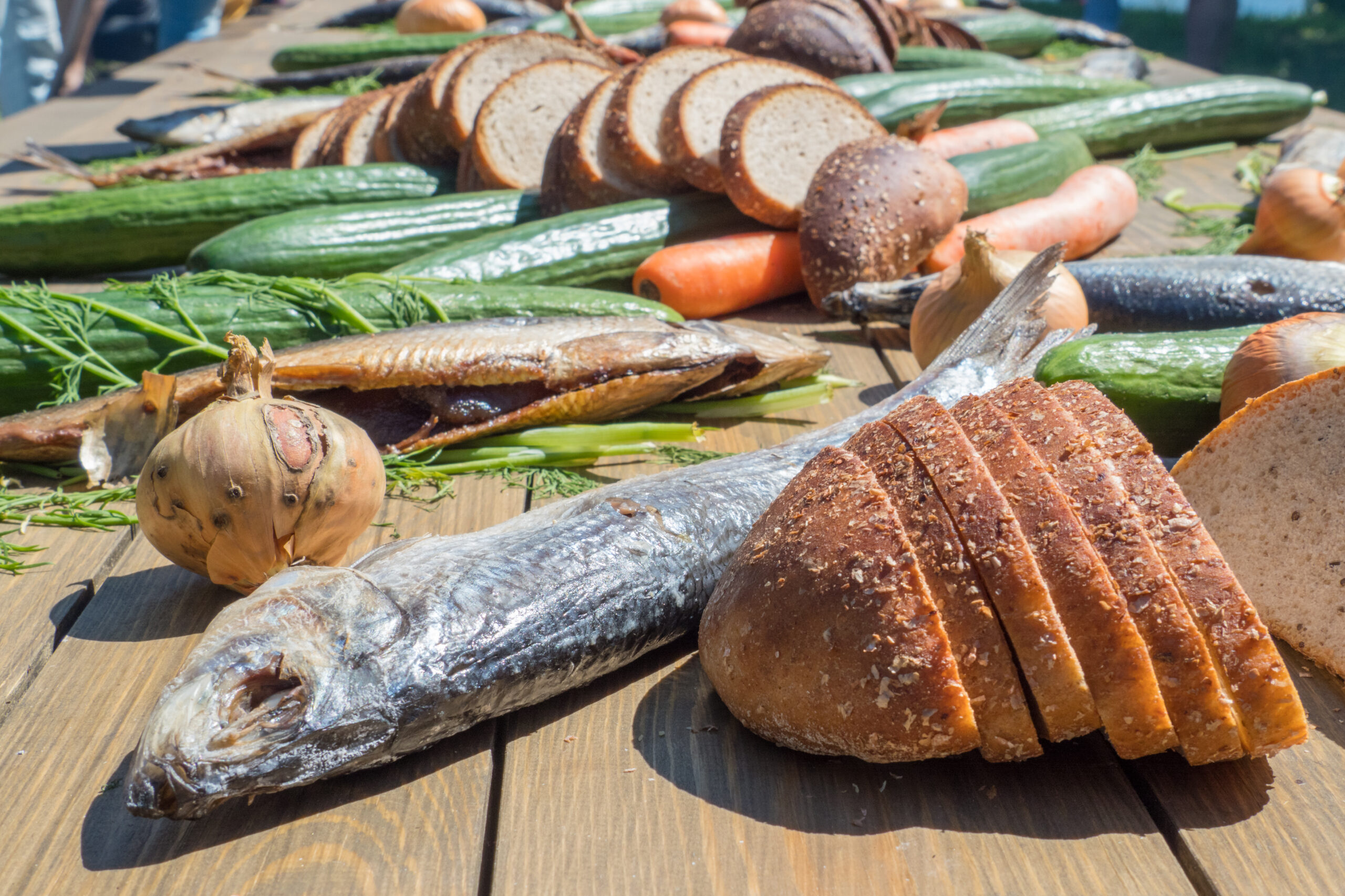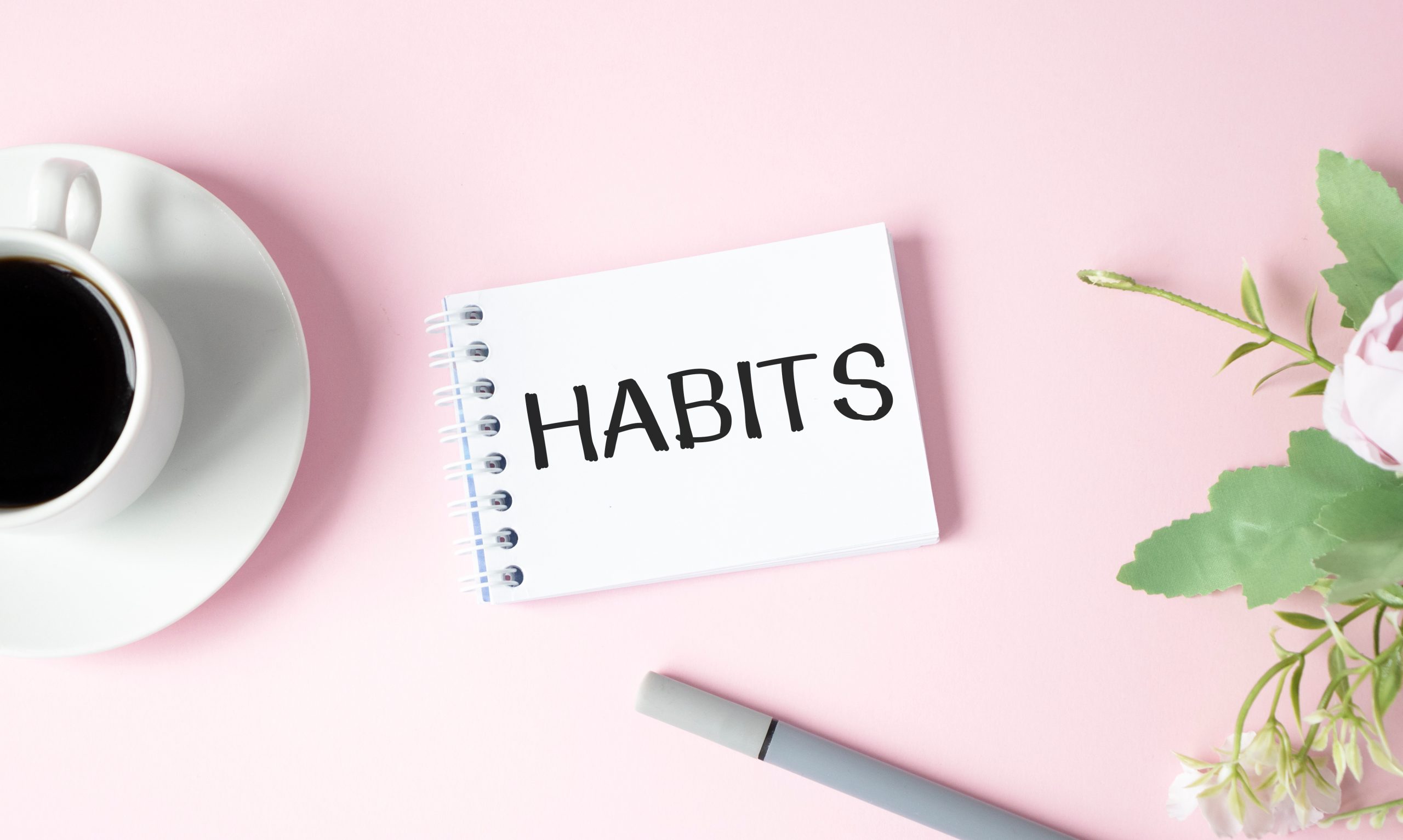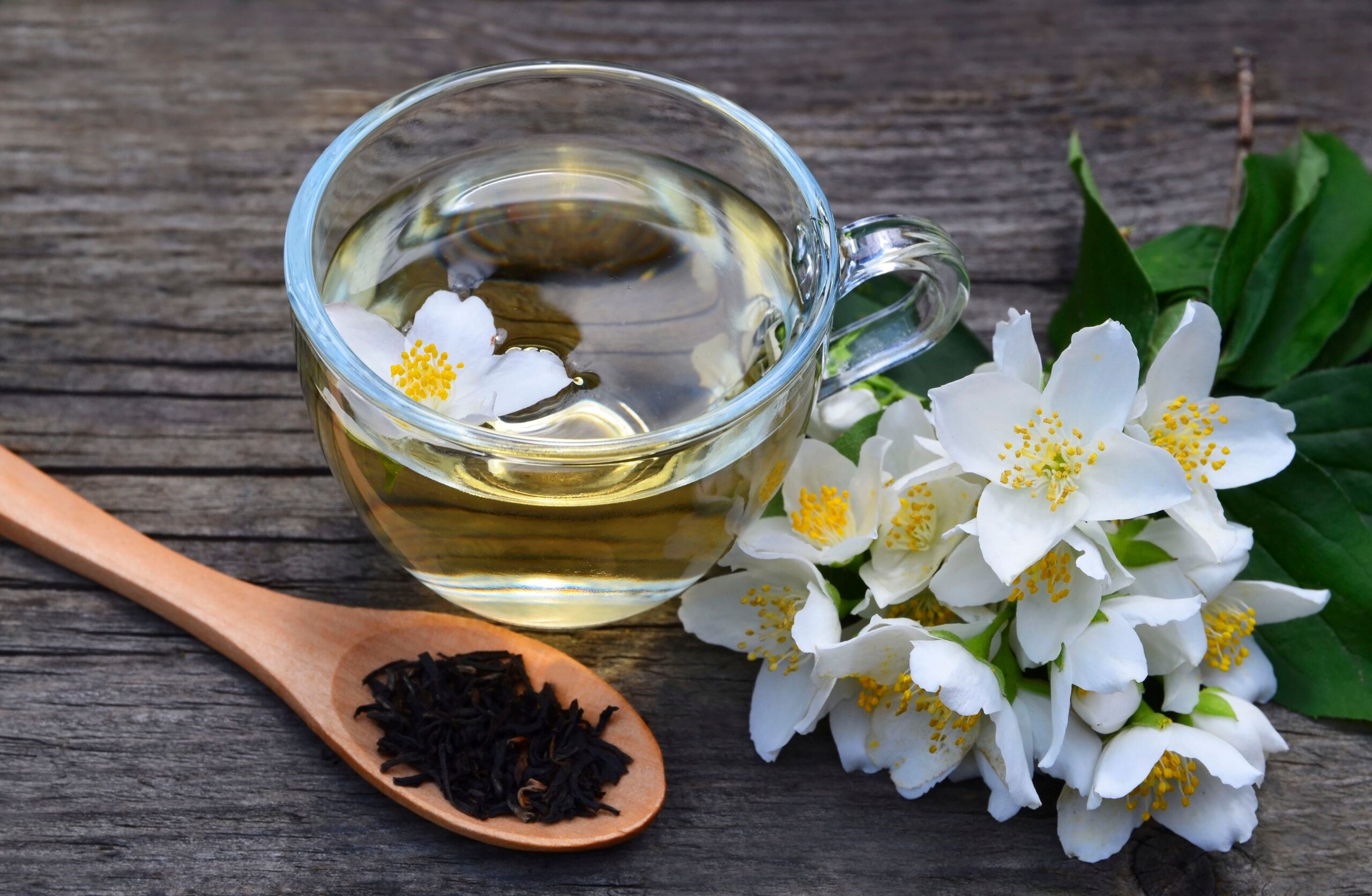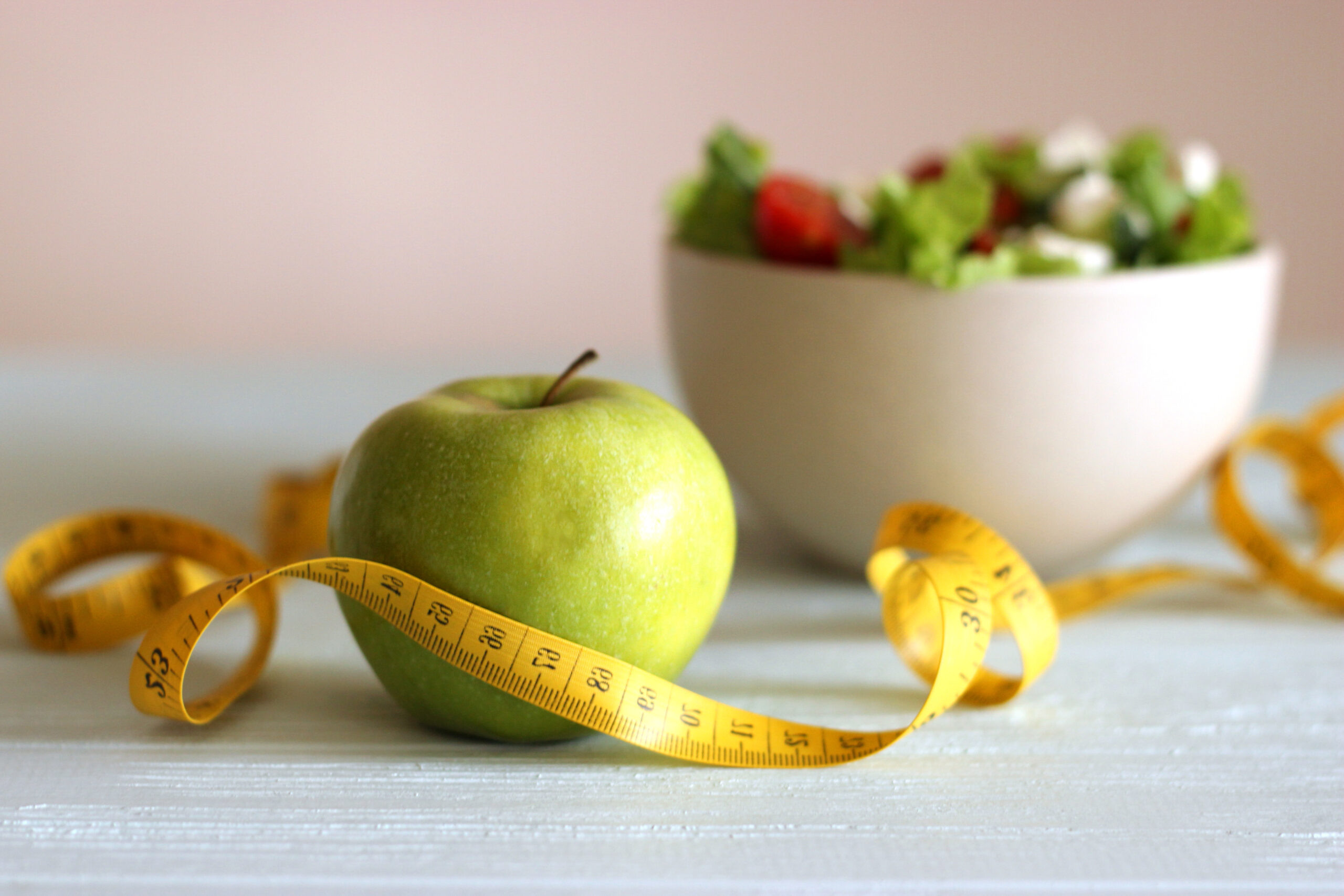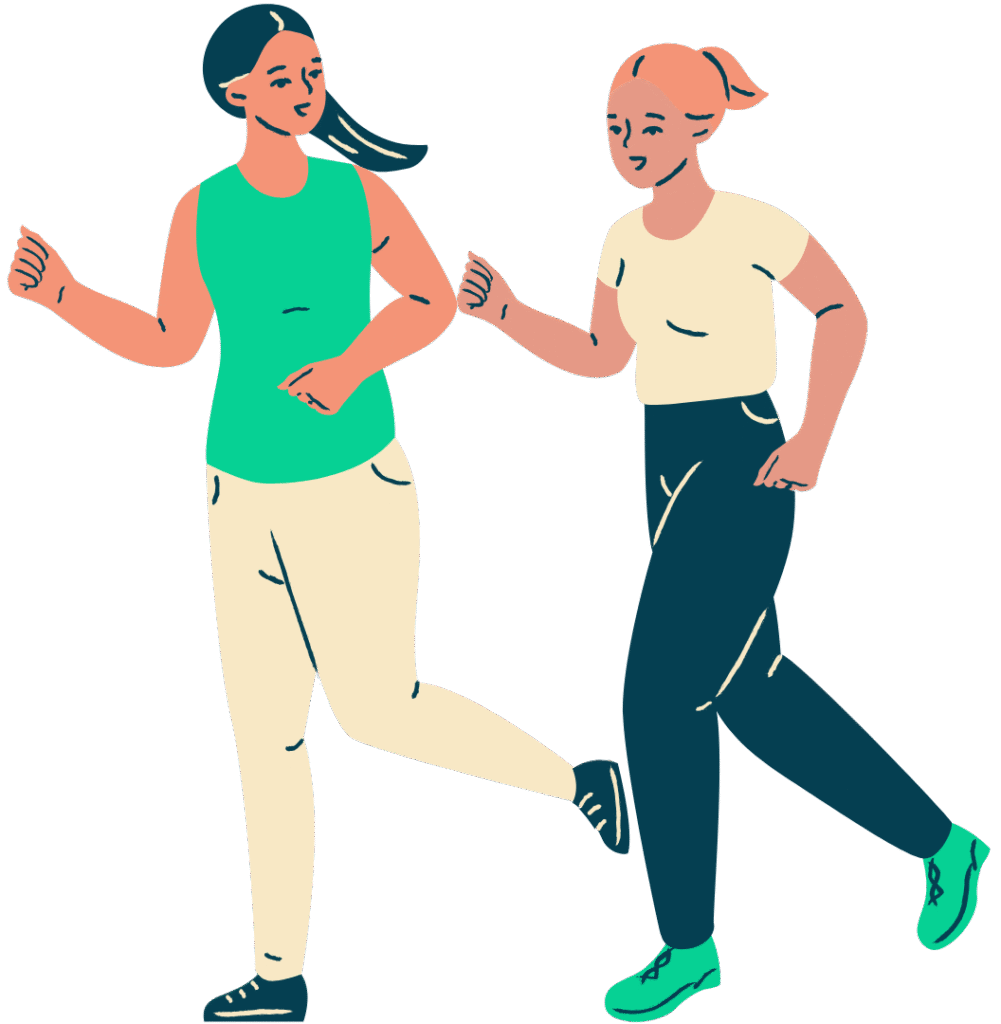More than half of what Americans eat is ultra-processed, yet the ancient Viking diet—built on whole foods and wild harvest—may hold the secrets to better health, but also hidden risks.
Story Snapshot
- The Viking diet, or Nordic diet, is experiencing a modern revival for its focus on clean, sustainable whole foods.
- Vikings ate diverse meats, fish, grains, dairy, fruits, and vegetables but also consumed high fat and sodium for survival.
- Experts warn that mimicking the Viking diet today can lead to excess saturated fat and sodium, risking heart health.
- Modern adaptations recommend prioritizing fiber-rich carbs and home-cooked meals, not strict historical imitation.
The Ancient Viking Diet: What Did They Really Eat?
Viking cuisine evokes images of roaring fires, hearty feasts, and robust adventurers fueling their conquests. The reality is both simpler and more complex. According to registered dietitian Lauren Harris-Pincus, Vikings ate only what their harsh environment provided. Their staples included onions, garlic, leeks, cabbage, root vegetables, wild berries, apples, nuts, and a range of meats—cattle, pigs, sheep, ducks, geese, even horses. Fish was abundant, from herring and salmon to mackerel, with occasional whale or seal. Grains like rye, barley, oats, and millet formed the basis of porridge and bread, while dairy products like butter and cheese rounded out their diet. Eggs, salt, and spices flavored preserved foods. Even children drank beer or mead, as clean water was scarce.
The Viking diet contained a significant amount of meat and animal fat compared to the Mediterranean diet, which also promotes whole foods. This high fat intake was crucial for survival through brutal winters, but experts caution that what kept Vikings alive then could harm modern hearts now. Fiber-rich carbs, from fruits, veggies, legumes, nuts, and whole grains, supported gut health and prevented diseases, a fact modern science is only beginning to appreciate.
Modern Appeal: Why the Viking Diet Is Trending
The current popularity of the Viking, or Nordic, diet arises from its focus on minimally processed, locally sourced foods—an antidote to the ultra-processed fare dominating American plates. With over 50% of calories now coming from foods engineered for shelf life and convenience, Big Food has shaped consumer choices in ways that challenge personal health and autonomy. Dr. Timothy Spector, a leading microbiome researcher, argues that reclaiming control starts with returning to basics: whole grains, seasonal vegetables, wild fruits, and sustainably raised protein. The Viking diet, with its roots in necessity and resourcefulness, offers a blueprint for eating closer to nature.
But experts like Harris-Pincus urge caution. The Viking diet’s high saturated fat content, necessary for withstanding Scandinavian winters, comes with a cardiovascular price in today’s sedentary, climate-controlled world. Salt-cured and smoked foods, once vital for preservation, now pose additional risks for heart health. Moderation and adaptation, not blind imitation, are the keys to reaping the benefits without inheriting the downsides.
Potential Pitfalls: The Risks of Going Full Viking
Despite their rugged reputation, Vikings faced health challenges that modern eaters would do well to avoid. High consumption of animal fat, while energy-dense, elevates saturated fat intake far beyond what contemporary guidelines recommend. Excess sodium from preserved meats and fish compounds the risk, contributing to hypertension and cardiovascular disease. The beer and mead that substituted for water hardly align with modern wellness goals. While the Viking diet’s emphasis on whole foods is commendable, its historical context—constant activity, exposure to the elements, and limited food choices—differs radically from today’s world of abundance and convenience.
“It’s not important, wise or practical to follow the Viking diet exactly in our current food environment,” Harris-Pincus cautions. Instead, she advocates for selective adoption: more home-cooked meals, focus on fiber-rich carbohydrates, and limiting highly processed foods high in sugar, fat, and sodium. The lesson lies not in copying Viking habits, but in borrowing their best strategies for resilience and health.
How to Eat Like a Viking—Without the Downsides
Modern adaptation of the Viking diet means borrowing its strengths and leaving behind what no longer serves. Emphasize vegetables, berries, nuts, and whole grains—foods that support gut health and reduce disease risk. Choose lean meats and fish, but skip the excessive animal fat and preserved products. Brew a cup of herbal tea instead of mead. Cook at home, using quality ingredients, and savor the connection to heritage and nature. Anyone can include more whole foods, especially fiber-rich carbs, while limiting highly processed foods high in sugar, fat, and sodium. The Viking legacy is not just survival, but thriving through mindful nourishment.
https://www.foxnews.com/health/watermelon-diet-has-gone-viral-heres-what-experts-say-about-weight-loss-trend
Reviving the Viking diet is less about nostalgia and more about reclaiming agency over what we eat. As Americans grapple with the consequences of Big Food’s engineered convenience, the real lesson from the Norse table is that health and resilience start with what we choose to put on our plates—one simple, seasonal ingredient at a time.
Sources:
The Watermelon Diet Has Gone Viral — Here’s What Experts Say About the Weight-Loss Trend

